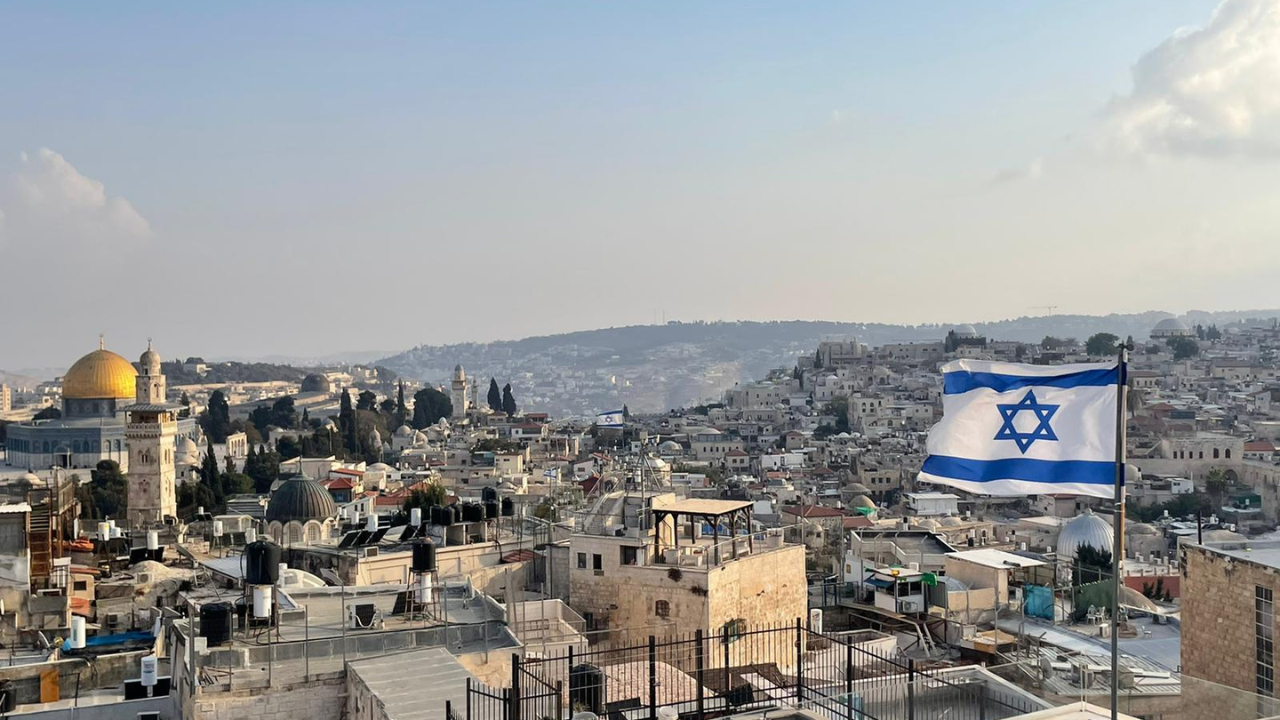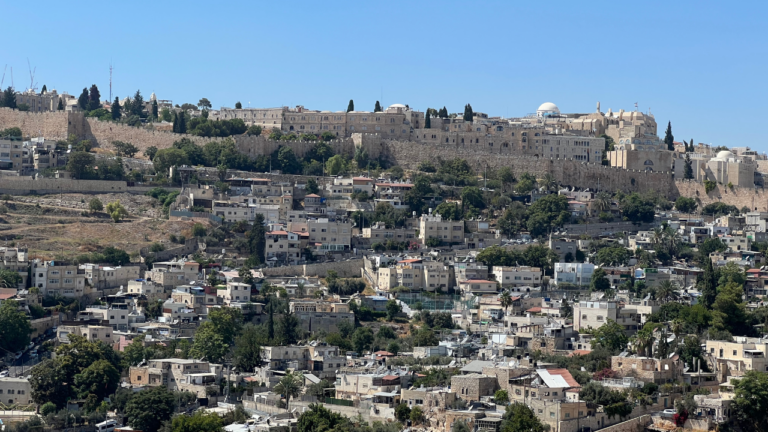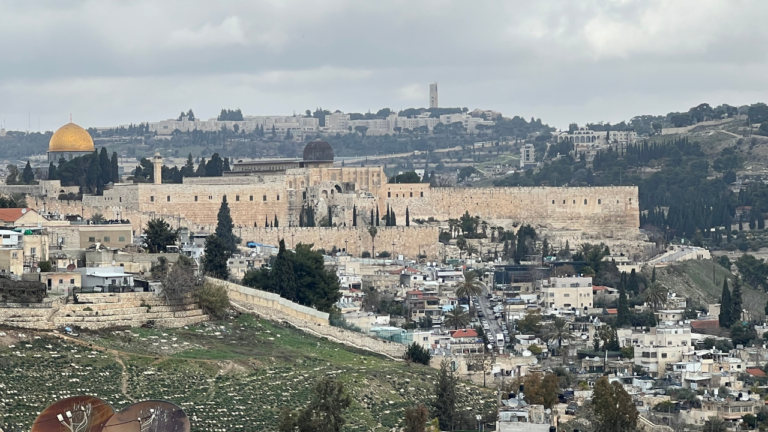Jerusalem: The Pathway to Perfection
In a memorable passage, Rabbeinu Bachya ibn Pekuda writes in his Chovot HaLevavot that there is an inverse relationship between one’s attachment to This World and the World to Come. In short, loving this world weakens one’s attachment to the World to Come. Similarly, loving the spiritual World to Come will naturally limit and even eliminate one’s love for this world. Accordingly, he recommends that even as the Torah forbids asceticism and encourages a person to work for a living, one’s true emotional attachment and time investment should be with issues pertaining to the World to Come and not to This World.
In a relatively short passage, Rav Kook cites this statement of the Chovot HaLevavot and limits its application. Rav Kook suggests that even though limiting one’s love and involvement in this world is a path towards holiness, “a more perfect path” is to understand that there need not be a dichotomous relationship between this world and the next. Even though the ideal location to connect to God is in the spiritual World to Come, nonetheless, one can love this world as well. A proper perspective on one’s physical activities allows one to realize that robustly engaging in the physical world can also be a conduit to connect with God.
As a model for a person loving both this world and the next, Rav Kook points to the Avot. In his words: “As is told in the Torah, the forefathers loved life and engaged in all of their needs with soulful desire. This is the highest level for which one should strive.” A cursory glance through the parsha demonstrates that Avraham amassed wealth, made friendships, loved humanity, took part in a war and even in political negotiations. All of this was done in a manner that was integrated into Avraham’s spiritual life. These activities were a means of connecting to God and His values in the here and now.
It is not for naught that the same word employed by Rav Kook to describe the path of the Avot – “sheleimah” or “perfect”, also appears in this week’s parsha. After his victory over the four kings, Avraham meets Malkitzedek the king of “Shalem” which the Rabbis identity as Yerushalayim. The path that integrates this world and the World to Come – the path of perfection – is the path of Yerushalayim. The Jewish destiny is not to be hermits in a desert but to have a strong society with a bustling and robust capital city. This is the “perfect path” of the Jewish people beginning with Avraham and continuing all the way to the Yerushalayim of the messianic era.
With this in mind, it is fitting that Malkitzedek describes God as “the Supreme God, the one who owns the heavens and the earth.” God is not only ruler of the heavens, but of earth as well. Yerushalayim, the meeting point of heaven and earth, is therefore the perfect place for God’s throne.



